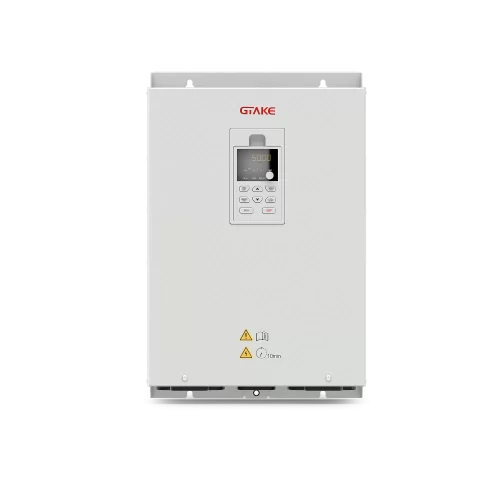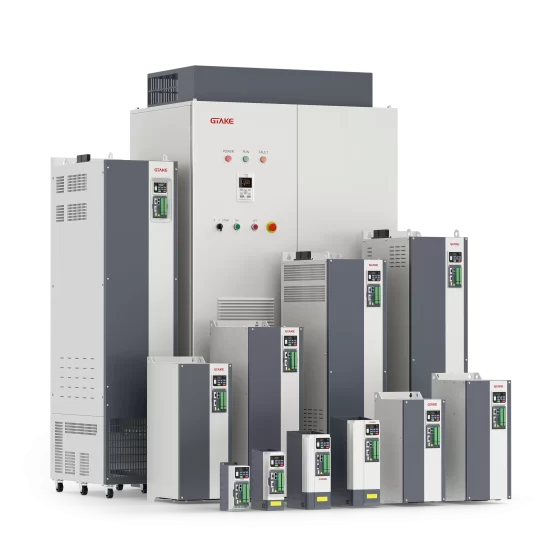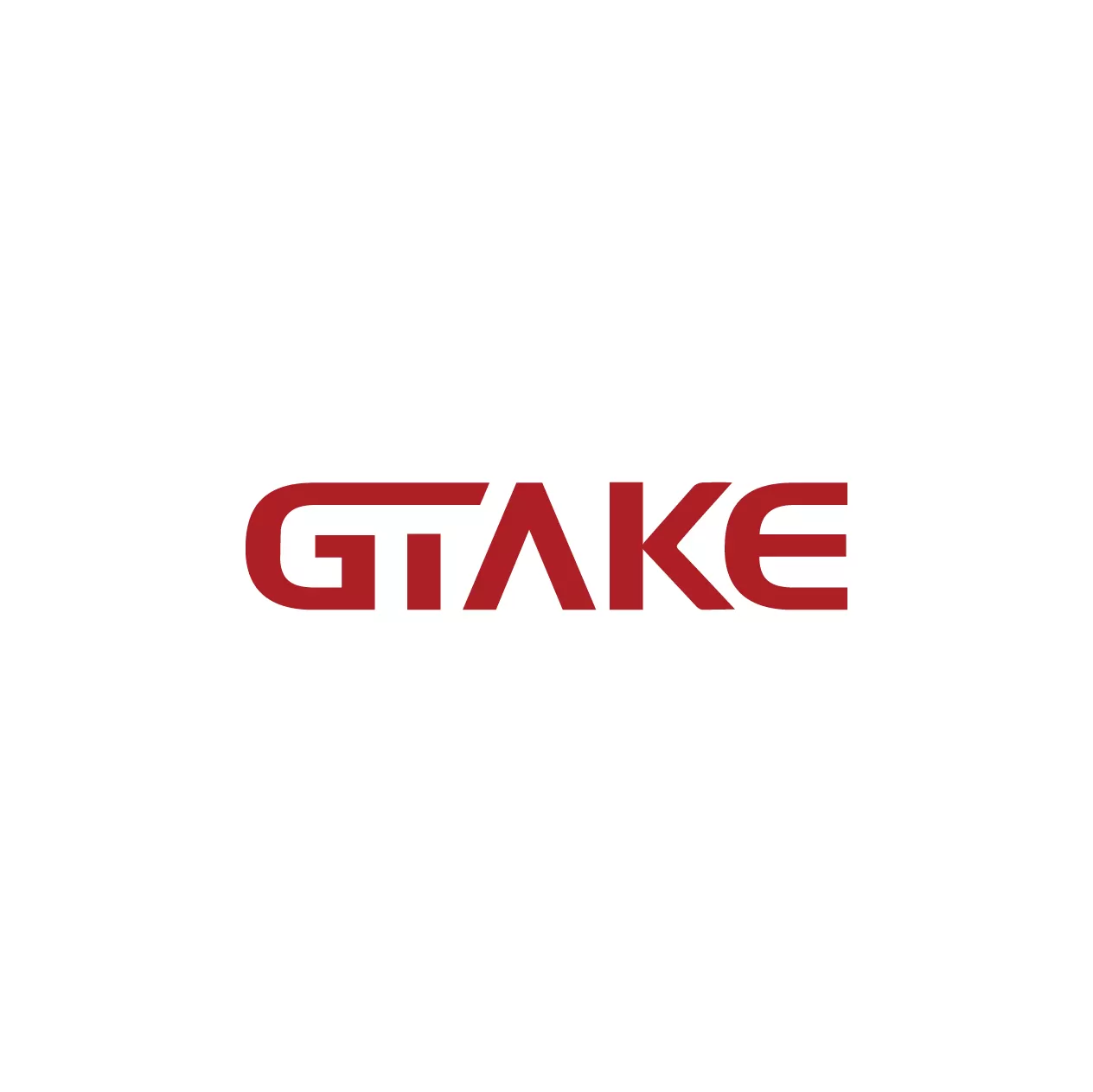In modern industrial automation system, frequency converter as the core equipment for controlling the speed and torque of AC motor, its stability and reliability directly affect the operation efficiency of the whole system. However, due to the complexity of the working environment, improper operation or untimely maintenance, the frequency converter is prone to failure, or even early obsolescence. Therefore, it is of great significance to master the scientific and reasonable daily maintenance methods and the use of precautions to extend the life of the equipment and guarantee the continuity of production.
Basic Functions and Importance of VFDs
Frequency converter is a device that uses power electronic technology to convert industrial frequency power supply (50Hz or 60Hz) into variable frequency power supply, and realizes stepless speed regulation of motor by adjusting the output frequency. It not only realizes soft start and energy-saving operation, but also improves control accuracy and power factor, and has various protection functions such as overcurrent, overvoltage and overload.
Precisely because of its wide range of application scenarios and complex internal structure, frequency converter has high requirements on environmental conditions, electrical parameters, and operation specifications. Inadequate management of any one of them may trigger equipment abnormality and affect normal production.

Key Points for Daily Maintenance
Dust Prevention: The Most Critical Factor
During operation, VFDs generate significant heat, typically dissipated via built-in cooling fans. As air circulates through the unit, dust particles easily accumulate on critical components such as circuit boards, capacitors, and IGBT modules. This reduces heat dissipation efficiency, potentially leading to overheating alarms or tripping.
Common Dust Prevention Measures:
- Dedicated VFD Room: Suitable for multiple or high-power units; requires sealed doors/windows, air filtration, and temperature control below 40°C.
- Dust-Proof Cabinet Installation: When dedicated rooms are not available, install VFDs in cabinets equipped with fans and filters. Regularly clean filters to ensure adequate airflow.
- Select Naturally Cooled Models: Ideal for dusty or corrosive environments; these models offer better sealing, easier maintenance, and longer service life despite their larger size.
- Minimize Idle Running Time: Reduce unnecessary fan operation during non-working hours to minimize dust accumulation.
- Establish Regular Cleaning Schedules: Based on site conditions, schedule cleaning using vacuum cleaners or compressed air, avoiding high-pressure air that may damage sensitive components.
Cooling System Inspection
In addition to dust removal, regularly inspect the cooling fan for proper operation, unusual noise, or mechanical jamming. Replace faulty fans promptly to prevent localized overheating. Monitor the surface temperature of the VFD — if it’s significantly higher than ambient temperature, the cooling system may be compromised.
Electrical Connection Checks
Over time, terminal connections may loosen, leading to poor contact, overheating, or even burnout. It is recommended to inspect main and control circuit connections every quarter. Use an infrared thermometer to detect abnormal temperature rises if necessary.
Capacitor and Fan Replacement
Electrolytic capacitors inside VFDs are consumables with an average lifespan of around 5 years. Annual capacity checks are advised, and replacement is necessary when capacity drops by more than 20%. Cooling fans should be replaced every 2–3 years depending on continuous usage. Pay attention to correct wiring methods when replacing fans to avoid reverse rotation or voltage mismatch.

Important Usage Considerations
Environmental Requirements
Operating Temperature: Maintain between 0°C and 40°C. High temperatures accelerate component aging.
- Humidity Control: High humidity can cause condensation, reducing insulation performance. Dehumidifiers or heaters may be required in such environments.
- Corrosive Gases: In chemical plants or acid-washing workshops, use fully enclosed control cabinets with enhanced ventilation.
- Vibration and Shock: Mechanical vibrations can cause connector loosening. Use anti-vibration pads and install away from vibration sources.
Electromagnetic Interference (EMI) Protection
VFDs emit high-frequency electromagnetic waves that can interfere with nearby instruments and control systems. To reduce interference:
- Enclose control cabinets with metal housings for shielding.
- Use shielded cables for all signal lines, with the shield grounded at one end only.
- Ensure the VFD itself is properly grounded, and separate its ground from that of power equipment.
Input Voltage Stability
Although VFDs include overvoltage protection, prolonged exposure to high voltages can still damage input modules. In areas with unstable power supply, it is advisable to install voltage stabilizers or uninterruptible power supplies (UPS) to protect the equipment.
Grounding Standards
Proper grounding enhances system immunity to interference and ensures personnel safety. Specific requirements include:
- Use conductors with a cross-sectional area of no less than 2mm².
- Keep ground resistance low, and limit the length of the grounding wire to within 20 meters.
- Connect the signal cable shield to the E/G terminal; the other end must not be grounded.
- Ensure electrical continuity between the VFD and the control cabinet.
Lightning Protection
Lightning strikes can enter the VFD through power lines, causing serious damage. To mitigate this risk:
- For overhead power lines, install dedicated surge arresters at least 20 meters away from the VFD.
- For cable-fed installations, ensure the control room has a robust lightning protection system.
- Optionally, install surge suppression devices at the power input side.
Conclusion
As the “heart” of industrial automation systems, the operating condition of VFDs directly affects the safety and efficiency of entire production lines. During routine maintenance, special attention should be given to dust prevention, heat dissipation, electrical connection checks, and replacement of wear-prone parts. During operation, focus on environmental conditions, EMI protection, voltage stability, and correct grounding practices.
Only by implementing scientific management, regular inspections, and timely maintenance can the full performance potential of VFDs be realized, maximizing equipment lifespan, minimizing repair costs, and improving overall operational efficiency.
Choose GTAKE for High-Performance VFD Solutions
For industrial users seeking reliable, high-efficiency variable frequency drives, GTAKE offers a comprehensive range of VFDs tailored for various applications—from precision machinery to heavy-duty motor control. With advanced vector control technology, built-in protection features, and proven performance in demanding environments, GTAKE VFDs are designed to meet your long-term operational needs.
